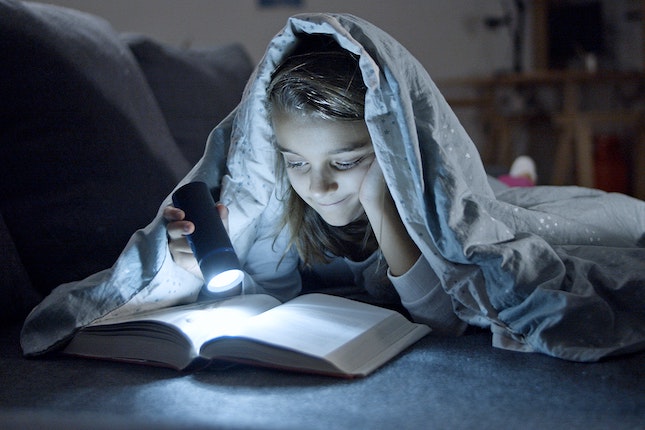Why Would Someone Want to Kill Your Mystery Victim

The victim is a major character in your mystery. Your mystery victim may be dead, but their background powers the puzzle in your mystery. The more you know about the victim in your mystery, the easier time you’ll have creating clues and suspects for your detective to discover.
Without the victim, there is no story.
The complications you create to confound your detective all revolve around the victim. Each suspect, including the villain, had a relationship with the victim.
The Victim is the Mystery Puzzle Foundation
As a writer, you need to build a strong character background for your victim. Even though they have no speaking part and appear as a corpse, the victim is the foundation of the mystery.
Suspects derive from their circle of friends and enemies. You sleuth learns about their quirks, likes and dislikes, and personality traits by interviewing the suspects.
The first half of the novel is spent discovering the victim’s world. The reader learns through clues and suspects about the victim’s circumstances and their relation to other people, including the villain, and the world they inhabit.
The reader follows your sleuth’s investigation. Along with the sleuth, they form opinions about the victim; a despicable human, a seemingly virtuous soul, a likable scoundrel. And, like the sleuth, they try to guess why the victim was killed and who did it.
So, your victim is more than just a dead body. Something they did triggered a murder, and you, the writer, need to know why.
What You Need to Know About Your Victim
When you create a rich character background for your victim character, you provide details that form clues, relationships with suspects, and hidden traits that your detective must find that relate to the villain.
Personality. Your victim’s personality is the basis for each relationship with the suspects. As your detective discovers more about the victim, they are able to form a perception of the victim. From likes and dislikes to quirks and irritating traits, the more you add and know, the easier it will be to bring the right detail into your story. It could be a clue found in their home or bag. It could be a relationship that seemed OK on the surface but underneath had hidden darkness.
Relationships. In most traditional mysteries, your detective spends a lot of time first discovering the relationships the victim had. Once your detective discovers the ties to other people, they must sort out how well each suspect knew the victim, whether the relationship was bumpy or smooth, and what aspects of the relationship each suspect character tries to hide from the sleuth.
Ties to the Villain. At the heart of the relationships, is your victim’s relationship with the villain. Something about their personality triggered the villain’s motivation to kill. That something is the big why of your mystery story. Unless you go deep into the victim’s personality, the why may seem flat to your reader because it doesn’t trigger a strong motivation in the villain.
Whether the killing is spontaneous because the victim did something the pushed the villain over the edge or whether the hatred and motivation is deep-seated, resulting in a deliberate plan, something about your victim triggered the villain.
How to Use What You Know About the Victim
With your rich character background, you’ll be able to continuously plant seeds for your detective. The big question for your detective and your reader is, Why would someone want to kill your victim?
Use what you know about the victim to keep raising questions.
- Physical details. What the victim leaves behind creates a wealth of clues for your detective to investigate. Each discovery raises questions for your detective and your reader. From odd articles of clothing in the victim’s closet to discrepancies in bank accounts, your use of details is one of the best ways to raise questions in your reader’s mind. Questions keep your reader reading.
- Relationships. Relationships to the victim are the meat and potatoes of a traditional mystery. Your detective must first discover who had relationships with the victim. Then through interviews, your detective determines who is an actual suspect and why.
Suspects may have contradictory pictures of who the victim was. And, they will use their personal interpretations to confuse your detective with their details about the victim. Each suspect paints a picture that is different—from slightly to radically—from the other suspects.
As you proceed through the story, you’ll find that the more you know about the victim, the easier it will be to create clues and differing interpretations of the victim.
Consider Your Victim A Main Character
The background work you put into your mystery character will pay off with dividends as you write your story. You’ll of differing details to use as clues and as touchpoints for each suspect.
So even though your victim may not have a speaking part in your mystery, if you consider them a main character, with all the background work required, you’ll have a rich and varied mystery story for your readers.
Just starting a mystery? Check out Write A Killer Mystery. It’s the course focused on creating a great mystery.





